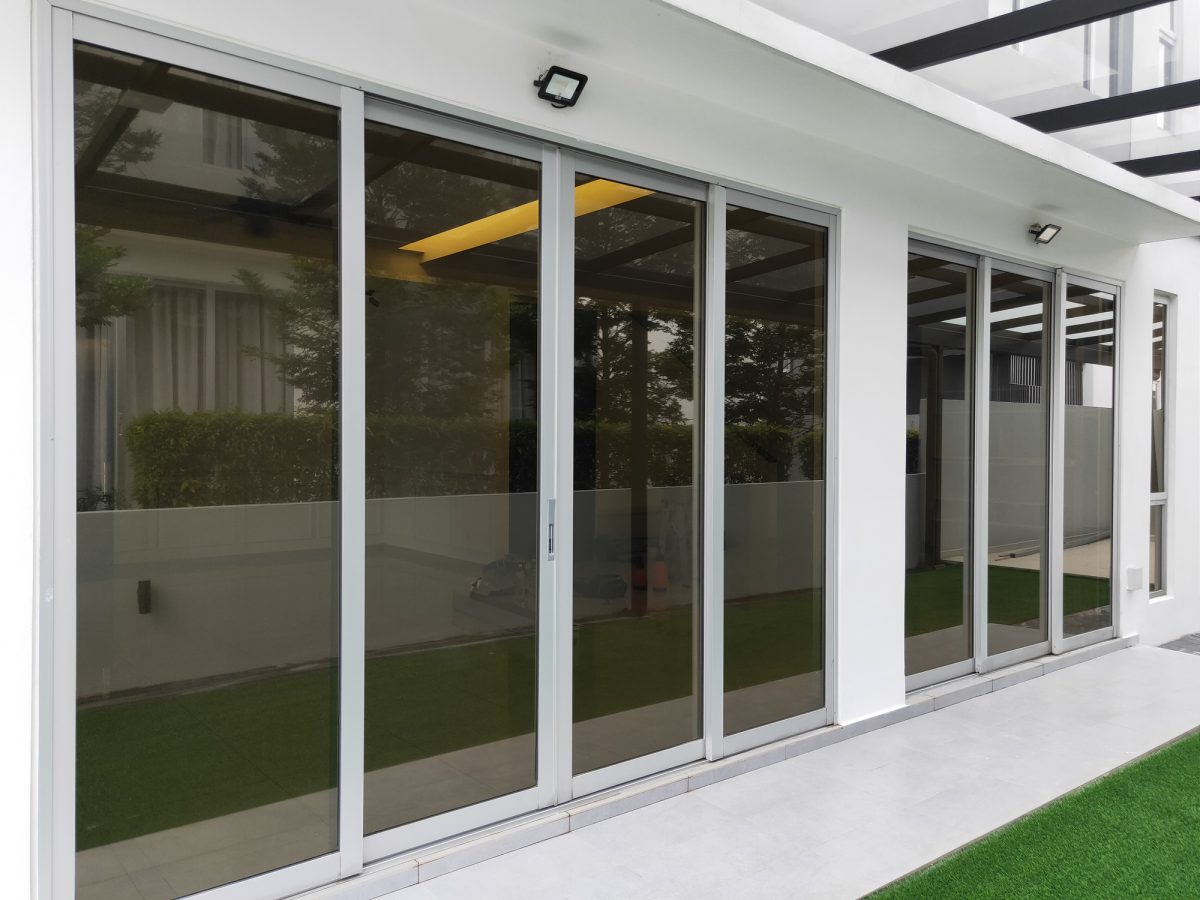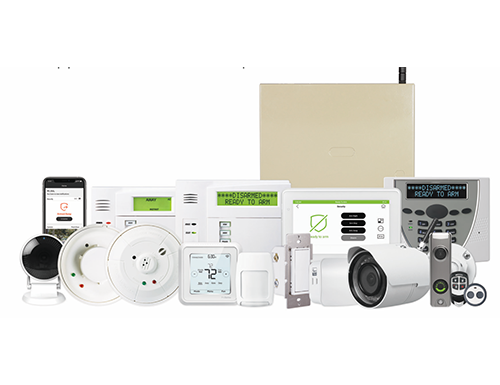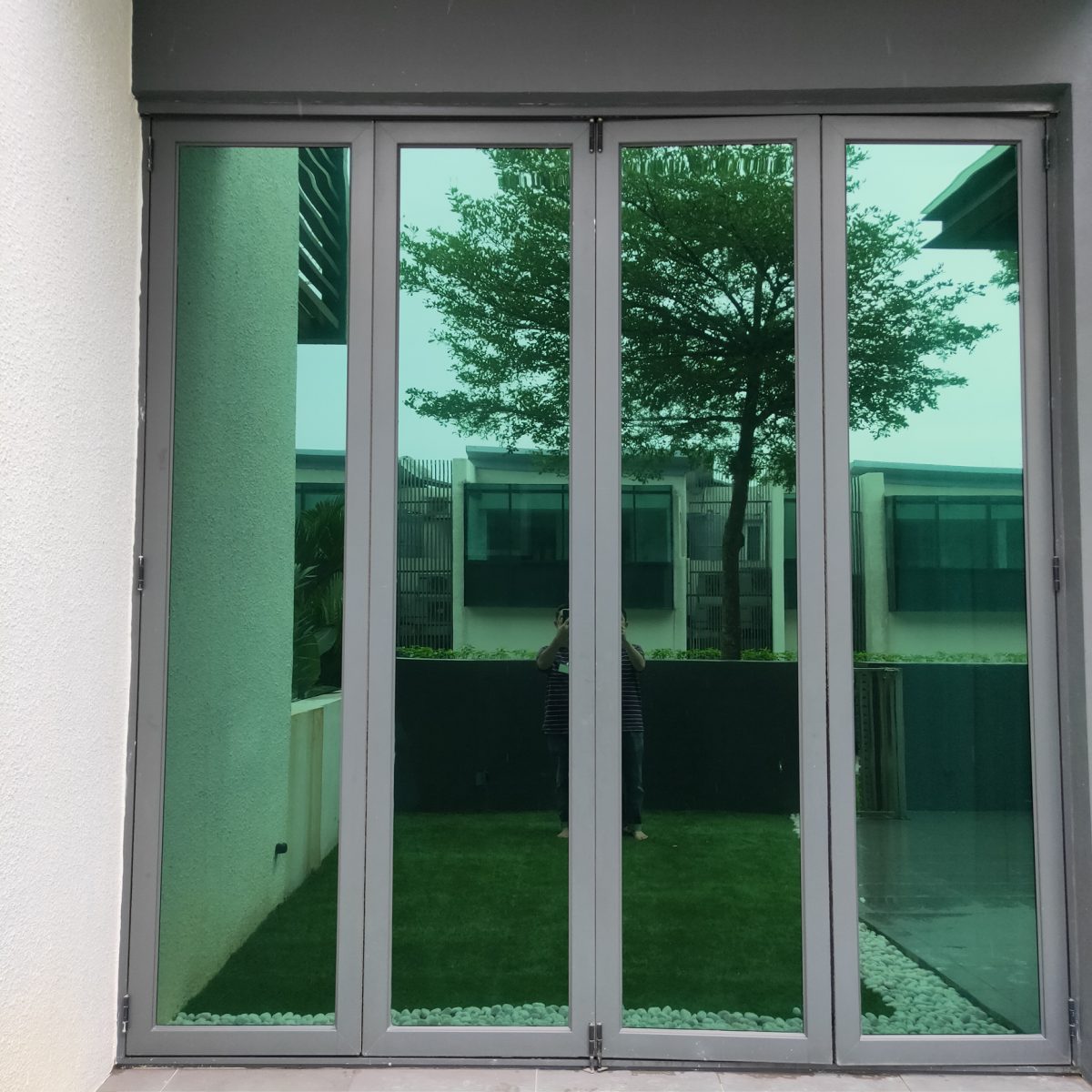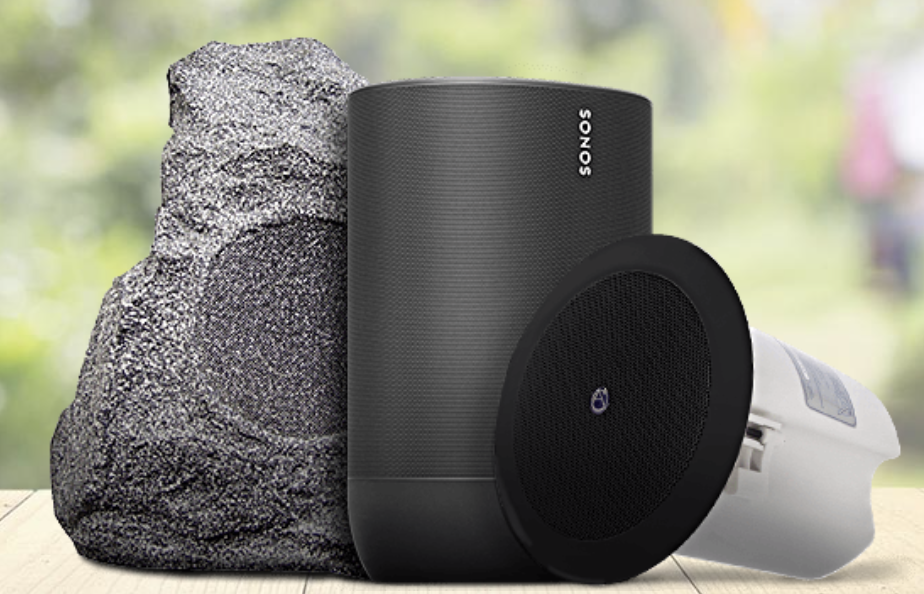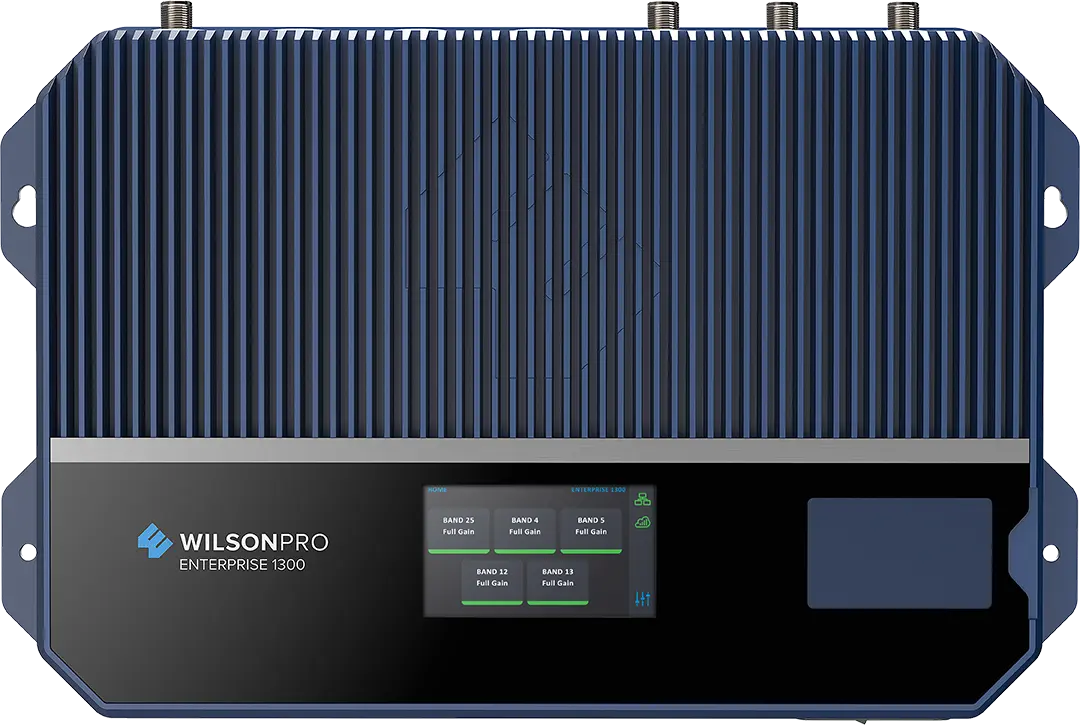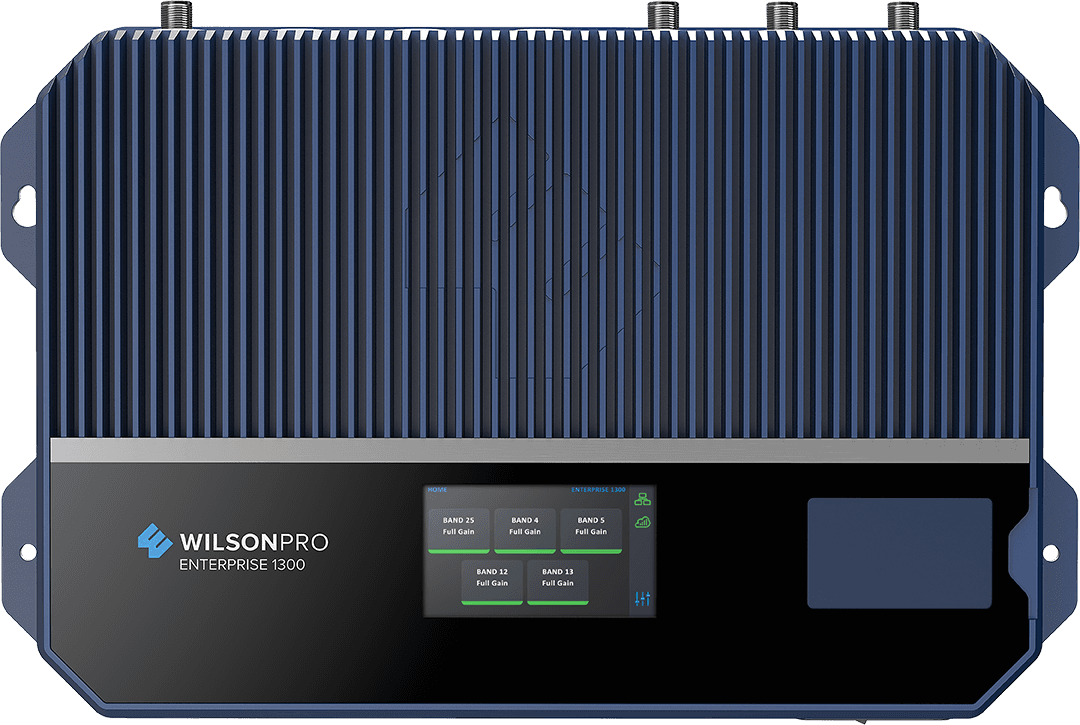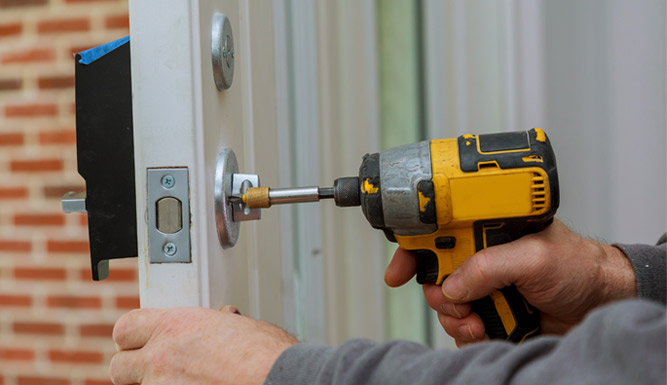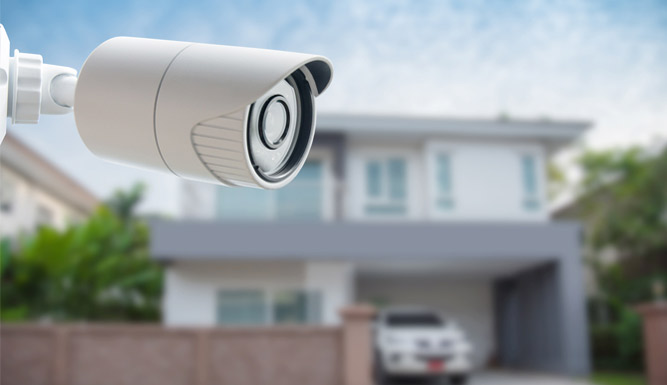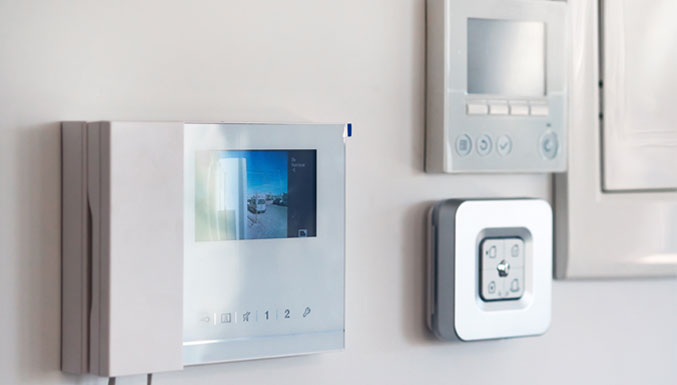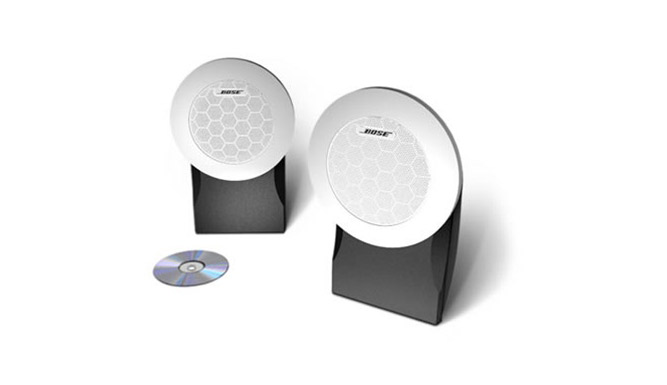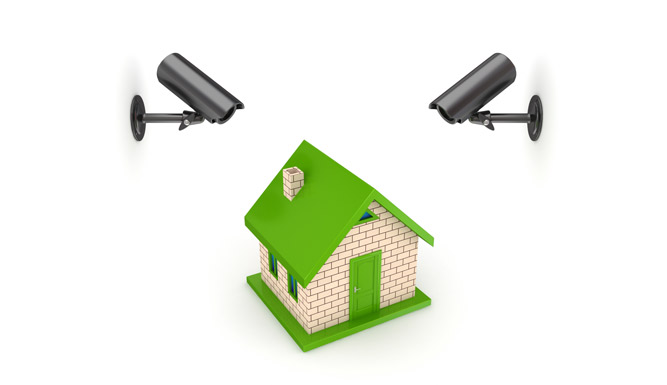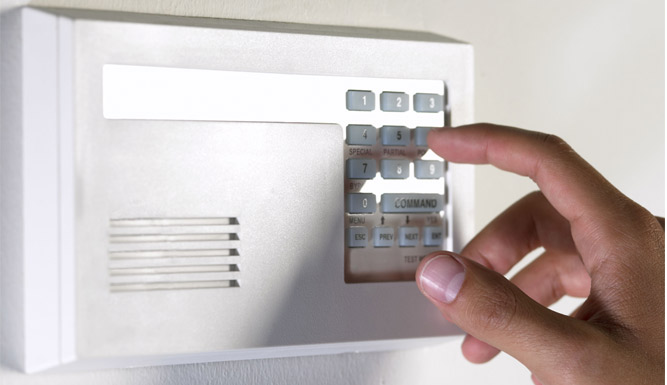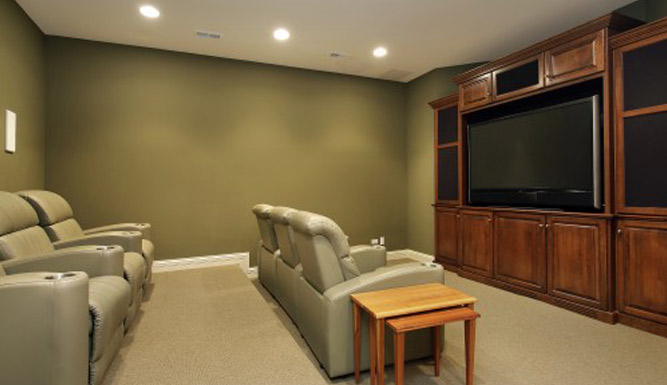
Whether watching a college football game or “Destiny 2,” a superior surround sound or home theater is key to you, and your family and friends’ viewing experience. Factory speakers found in flat screen TVs are typically pointed down or mounted in the rear, and they emit a tinny sound. Well, that just doesn’t work.
Where to go? There are so many manufacturers of surround sound systems, like Pioneer Electronics, Bose, Harman, Sony, Samsung, Yamaha, LG, Vizio, Onkyo, and more. Then there are the surround sound configurations. The 5.1 is the industry standard for digital broadcast and music.
These days, sound is going to new heights. By adding discrete channels for ceiling-mounted or ceiling-facing speakers in A/V receivers at home, height channels are now represented as their own separate entities, leading to an extra number used to represent home surround channels. A 5.1.2 surround sound system features the traditional five channels and a subwoofer, but also two additional speakers, adding height information in stereo at the front. A 5.1.4 system would add four additional height channels to 5.1, including two at the front and two at the rear.
Dolby Atmos is found in large cinemas and has migrated to home theater systems. You’ll hear Atmos on Netflix and VUDU, 4K and Blu-Ray discs, and some video games and HD broadcasts.
Instead of sound being mixed into specific channels, Atmos treats sounds as objects, which are assigned to a directional place, such as left rear corner. Atmos also automatically scales the sound to the number of speakers you have, including those in the ceiling, which gives a more natural and fluid sound experience.
Never fear – you don’t need to open your ceiling for speakers. There are new speakers with upward-firing drivers or built-in height channels or ones that fit on top of existing standard tower or bookshelf speakers. These mimic ceiling speakers, bouncing sound off the ceiling and tuned so the bounced audio sounds correct to your ears.
Regardless of the type of surround speaker systems, there are other important considerations. Where will you put it in your home? Will be in a dedicated room that’s been newly renovated or constructed? Or will it be in a repurposed, existing space?
Of course, your budget is paramount. Whether you’re thinking high-end or budget-conscious, you’ll want to stick to that number.
Wire management is important. Having access to cable and wiring, and not running it helter-skelter is part of the plan.
Your home theater receiver functions as control central for all your audio. The home theater receiver, (AV receiver or surround sound receiver) is the core of a home theater system. It provides most of the inputs and outputs connections. It’s smart to invest in quality wires and hardware to be future ready.
Why not invest in that expansive 88-inch 8K OLED display for the most immersive TV experience? If 8K isn’t in the cards, purchase a great quality 4K, which is very affordable.
Read more about 8K technology from CNET.
Mounting the TV requires a good quality wall bracket. Even if you have two people, you probably don’t want to feel responsible for that new $4,000 purchase. Consider a professional installer.
A pro will help you plan, budget, install, and test your entire home theater setup. Testing your audio quality helps you get to get it perfectly aligned for your viewing, listening, and gaming pleasure.
Get it right the first time. Contact TN Security. We do everything – from simple TV installations to whole home audio systems. Trust the pros.







